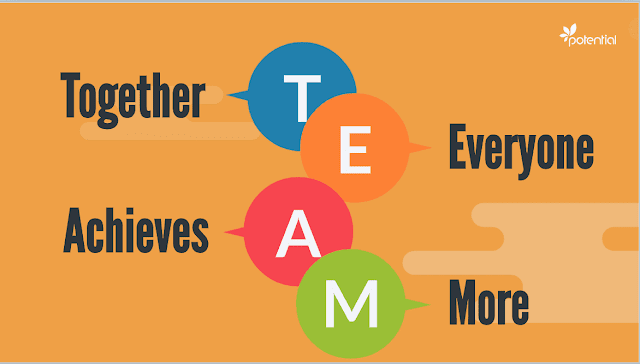Lean Six Sigma in Real Life
A friend of mine was telling me about an incident at one of his company meetings. He said that a woman was walking out of the room and tripped over the laptop bag of another colleague and hit her head on the edge of the table on her way to the floor. There was lots of blood and an ambulance was called. Thankfully, she is fine with the help of a dozen stiches to her chin. My friend proceeded to tell me that this was the third time someone had tripped in their meeting room, and it was the worst one so far. That doesn’t surprise me. I have learned that the first time a problem occurs is rarely the worst. It’s those that we allow to repeat that cause the most damage.
C.S. Lewis once said that “sometimes we need to be reminded, more than we need to be instructed.” So many things I’ve learned from my Lean Six Sigma training remind me that good problem solving is a process.
1) “Stop the bleeding.” That is literal in this example, but figurative in most other problems. Notice that I did not say figure out who to blame – IE: it’s her fault for wearing heals, or it’s his fault for buying a bag with a long handle, or it’s Alexander Graham Bell’s fault for inventing something that a large portion of the population now stares at while walking. While this is the first step in problem solving, it should never be the last step.
2) Determine the potential frequency of this problem. Is this likely to repeat or something very unusual?
3) Determine the root cause(s)
4) Generate creative solutions that are sustainable.
4) Generate creative solutions that are sustainable.
My recommendation for this situation is based on something that Lean teaches called Poka-Yoke. The party line of Poka-Yoke is that while it is good to tell people not to make mistakes, it is smart to make it difficult if not impossible to make mistakes. You can react to this problem by telling everyone to watch where they are walking so they don’t trip…or spend a couple dollars and buy cord covers and have everyone move laptop bags to the walls of the room so the likelihood of someone tripping is remote. Prevention is the key.
We are all human and make mistakes so it’s faster and cheaper to lower the margin of error than expect workers to perform flawlessly.
Anne F. Foley, PMP, MBB, CSSBB
http://blog.iil.com/does-lean-six-sigma-truly-stifle-creativity/


Comments
Post a Comment